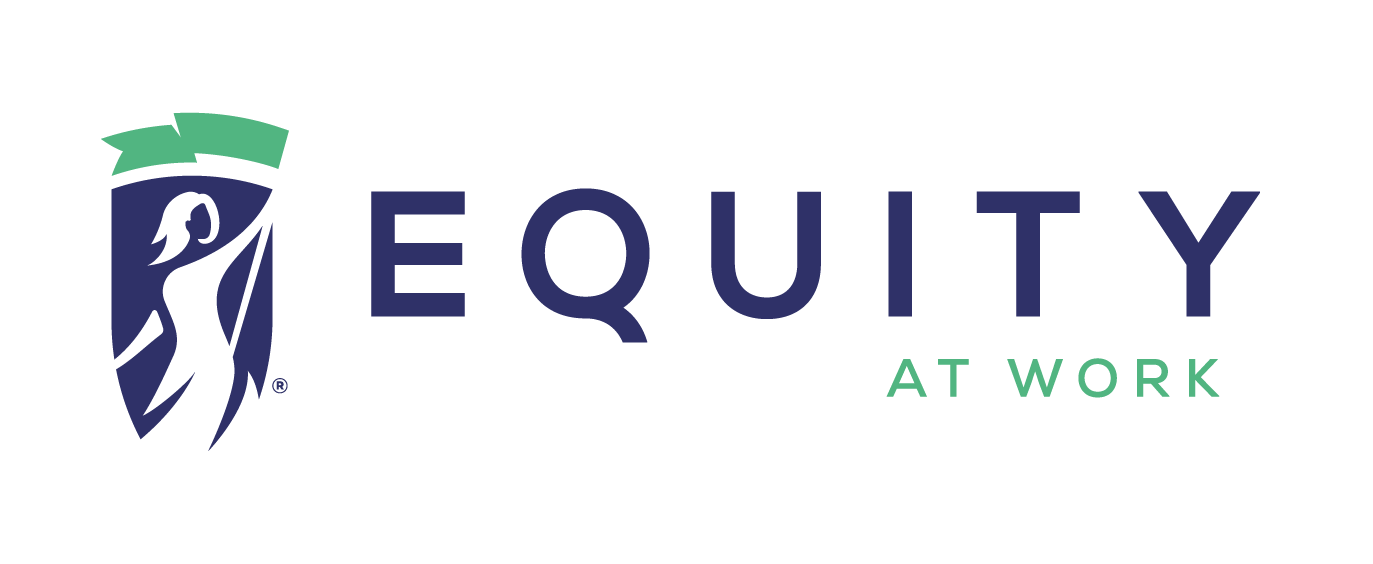What EU Requirements For The 'S' In ESG Mean For US Companies
As seen in Forbes
In 2023, the EU had a number of requirements come into effect that have a direct impact on U.S. businesses. These are directives focused on environmental, social and governance, commonly referred to as ESG, which all public companies are required to disclose. The "S" of ESG is where diversity, equity and inclusion (DEI) data, programs and initiatives live. While these directives originate in the EU, any public U.S. company with an office or subsidiary business in the EU consisting of 500 or more employees and 150 million-plus Euros in revenue must comply.
Even if that isn't the case for you today, you should still pay close attention. Why? Because the Securities and Exchange Commission (SEC) is working on tightening up its ESG reporting requirements in the U.S. A lot of this work is focused on better defining and measuring progress on the "S," or social, component. There is a good chance it will closely follow what has been put in place in the EU. There is a lot here, so the sooner you can start to capture this information, the better positioned you will be to report it.
With that in mind, here are the two primary divisions of the EU directives for social and how you can prepare:
1. Include activities directly owned by your organization
Reporting needs to include activities directly owned by the organization as well as those the organization contributes to and those that are linked to its value chain. This means that your compliance efforts should expand well beyond the four walls of your business out into all aspects of your supply chain, operating partners and areas of business impact. Make sure any subcontractors, vendors and key business partners, as well as community, nonprofit and academic institutions that are partners or recipients of funding, are in scope.
Here are some steps you can take to prepare your reporting:
Define how your DEI vision and desired outcomes tie to your value chain and out into the communities you operate in
Develop goals and define metrics to track and communicate progress in these areas
Develop supplier diversity programs that attract, recruit, onboard and support business partners from historically marginalized communities. There are a number of certification councils that validate that owners and operators are women, racial minority, LGBTQ+, veteran and/or disabled. These councils can be excellent sources of suppliers, education and other programming to help you get started and set your suppliers up for success.
Define the impact you want to have in your communities and identify partners who can help you achieve those goals. These can include academic institutions, nonprofits, Chambers of Commerce and more.
2. Include all relevant data
Reporting should include data on pay equity, professional development, unionization, board participation and composition, and incidents of discrimination across all demographics. This means that, in total and by all demographics mandated by country, reporting needs to include:
Equal pay for work of equal value
Executive-to-worker pay ratios
Proportion and demographics of employees participating in training and skill development
Existence of unions and proportion of employees covered
Participation of employees on administrative and advisory boards
Reported incidents of discrimination
Specifically for gender, reporting should include gender equality work and metrics, gender diversity at top management and number of members of the under-represented sex on boards
Specifically for disabled employees, reporting should include accessibility measures designed to protect rights of people with disabilities
Other areas to include are your company's policies on human rights (forced labor, child labor), working conditions, equal opportunities for all, nondiscrimination, diversity and inclusion, collective bargaining, impact on people and human health, and social partner involvement.
How can you get started?
Start with an audit on where you stand today. Do you have these policies in place? Do you collect the necessary data? If not, get those pieces in motion ASAP.
Next, develop an analytics hub that enables collecting, cleansing and slicing data in all the ways required. Utilize those analytics to develop reporting for each department or division leader on how their organization is performing, and work with them to develop plans for improvement.
Identify relevant benchmarks for your industry, locations and size to determine how you are performing compared to others. Look back to your DEI vision and strategy and determine if you need a refresh to address any gaps. Then develop a progress tracker or dashboard to communicate to your organization where you stand now and what you are working to improve.
Finally, step back and review all of your data and findings. What is the story this tells? Is that the story you want to be telling? If not, what do you need to change to get to where you want to be?
All of this information must be disclosed as part of ESG reporting and validated by a third party by 2025 (FY 2024). The time to start your audit, if you haven't started already, is now. While this can feel overwhelming, starting with an audit can give you clarity of where you are in great shape and where you have opportunities to put new policies and practices in place. These can not only help you with your governance, they can also ensure your employees have a fair, equitable and inclusive environment to work in.
Need help determining how to best develop your DEI plans and programs to deliver high-impact, measurable results? Contact us here.
Sign up to receive our newsletter in your inbox and get DEI insights from Equity At Work first.


